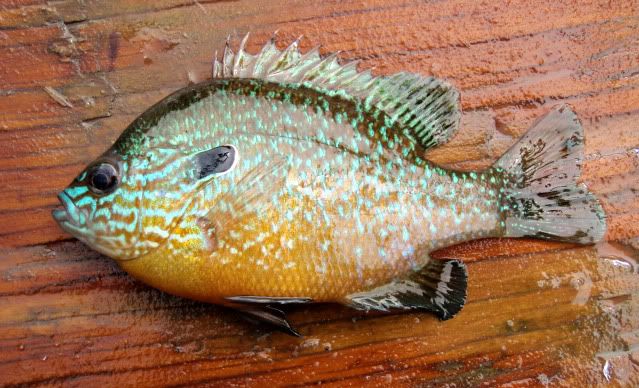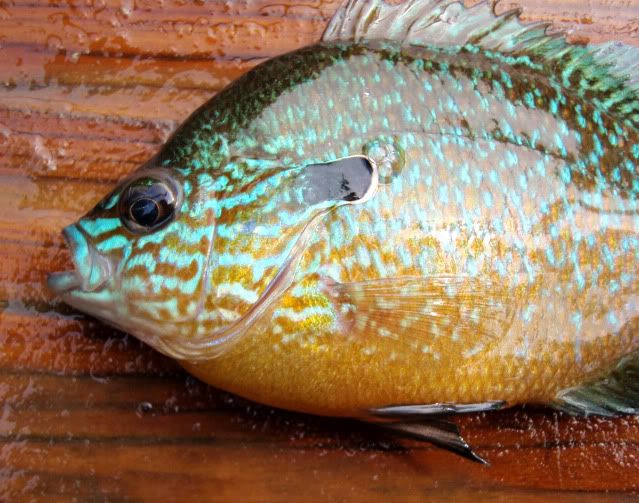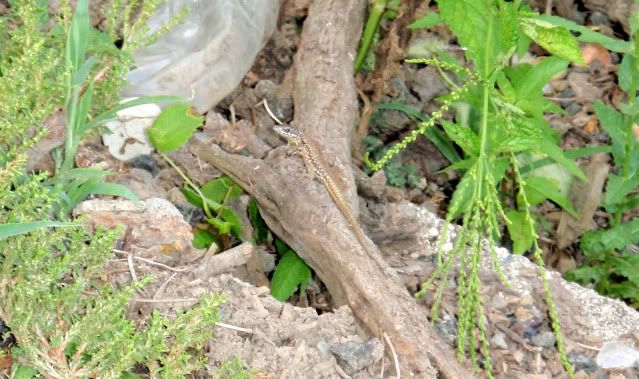This week I'm working in Mill Creek, a tributary to the Ohio River. The Mill Creek flows about 28 river miles from its headwaters in Butler County (Ohio) to downtown Cincinnati before entering the Ohio River. For an interesting account of this creek (one of the most polluted streams in the U.S.) check out this link;
http://www.geocachin...40-6228cbe2877e
Our crew electrofished the lower 2km of Mill Creek from our 12 ft. electrofishing raft all the way down to the creek's confluence with the Ohio River. This section of the stream was located in downtown Cincinnati. Here, the stream is bordered by numerous factories, combined sewer outfalls (CSO), a large wastewater treatment plant, and various other urban land use types. Although much of the stream in the lower 10 miles of the stream has a cemented shoreline, parts of the 2km reach we sampled had a small wooded riparian corridor.
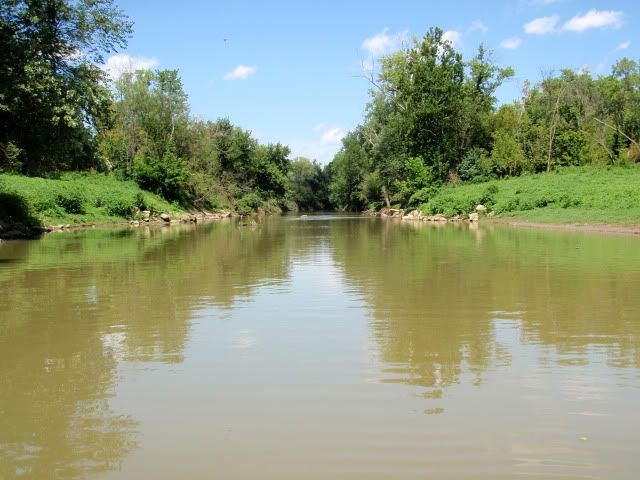
As you can see from the photograph, the stream was very turbid in these lower reaches. Visibility was a few inches at best. What the photograph doesn't show is that the water had a strong sewage smell. Many areas on this stream have a chlorine smell from the numerous wastewater treatment plants, however, this lower area smelled of raw sewage...but there were still many fish to be seen.
Gizzard shad (Dorosoma cepedianum) - very abundant
Skipjack herring (Alosa chrysochloris)
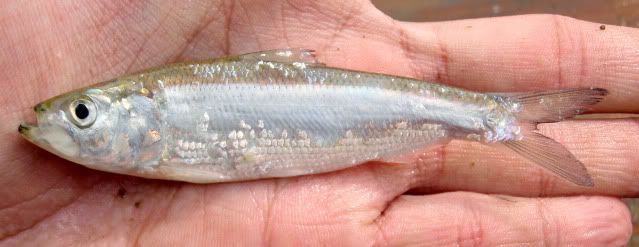
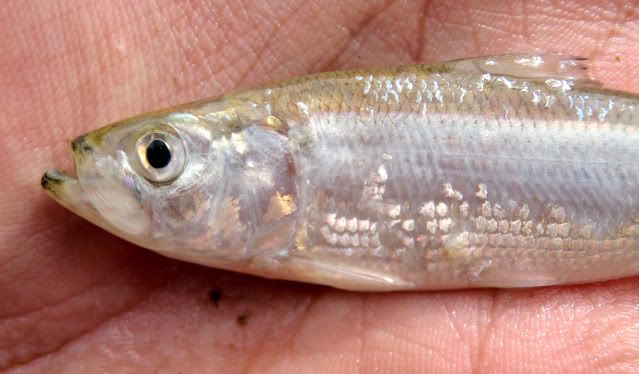
- many small ones were present in the center of the creek channel in the faster current. They moved rather quickly and it seemed difficult to affect them with the electrical current. These fish were likely migrating out of the nearby Ohio River.
Common carp (Cyprinus carpio)
Goldfish (Carrasius auratus) - a few large ones
Emerald shiner (Notropis atherinoides) - the most common Cyprinid
Bluntnose minnow (Pimephales notatus)
Smallmouth buffalo (Ictiobus bubbalus)

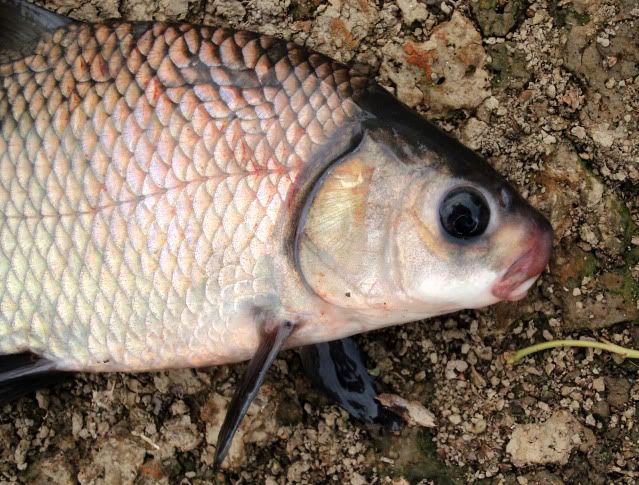
- very abundant. Some specimens weighed over 10 lbs.
Quillback (Carpoides cyprinus) - only a few large adults
River carpsucker (Carpoides carpio) - very common. These large carpsuckers were found throughout the entire 2km reach.
Golden redhorse (Moxostoma erythrurum) - two adults. I was surprised to see this species here, with the silt levels as high as they were.
Yellow bullhead (Ameiurus natalis)
Channel catfish (Ictalurus punctatus) - many large adults (some over 6 lbs.). I was surprised to find these fish in such good health. Most streams that look (and smell) like Mill Creek tend to have channel catfish riddled with parasites, tumors, lesions, or eroded barbels.
Flathead catfish (Pylodictus olivaris)


- one juvenile
White bass (Morone chrysops) - a few adults
Hybrid striped bass (Morone saxitilis x Morone chrysops)

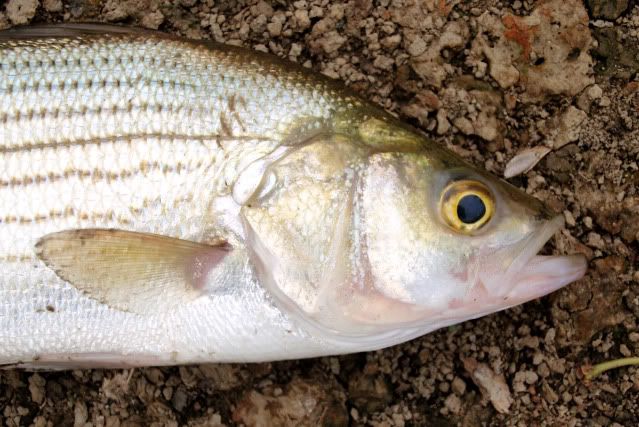
- absent from the lower 1km of the creek, but they were quite abundant in the 1km upstream from that lower 1km. Some large hybrid stiped bass caught weighed over 7 lbs. These fish are stocked in the Ohio River.
(continued)


